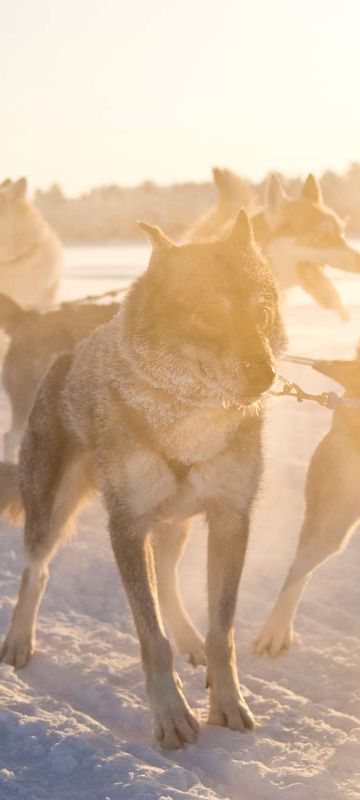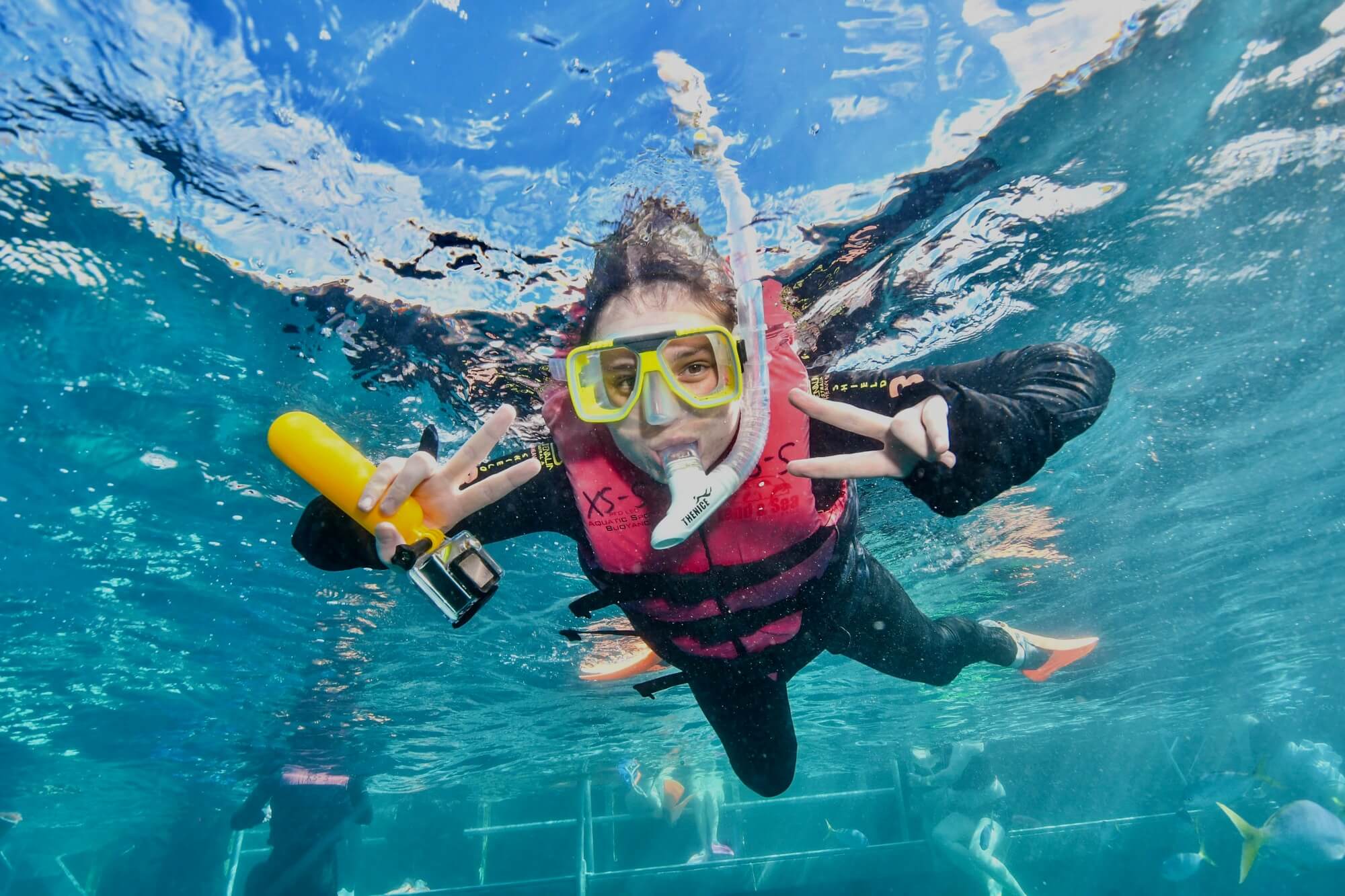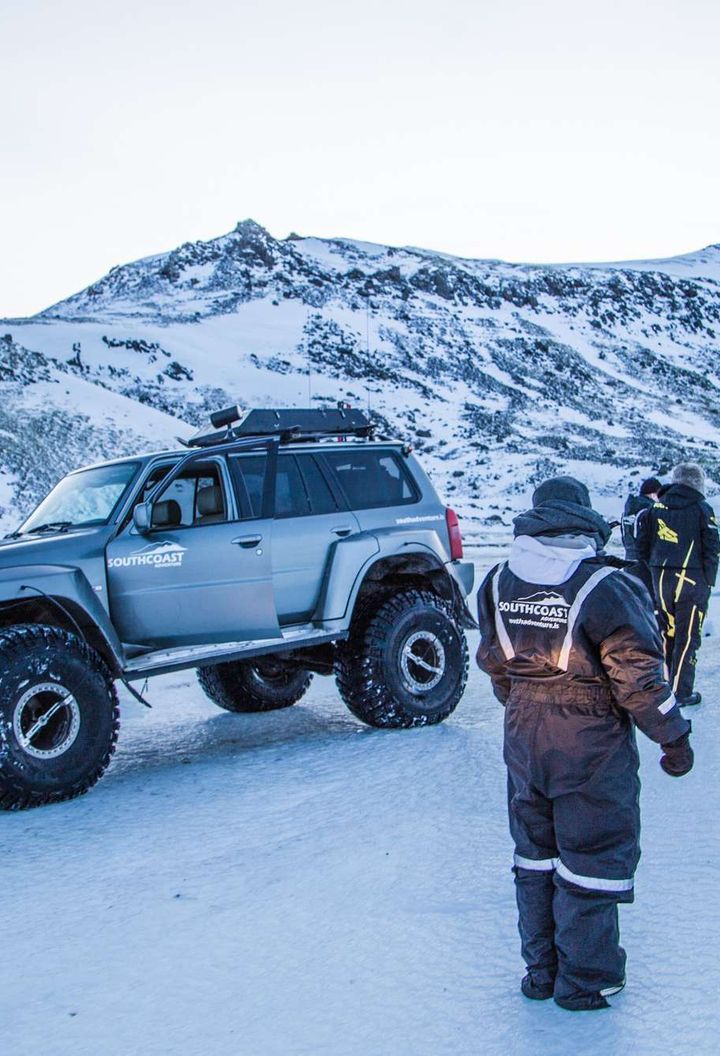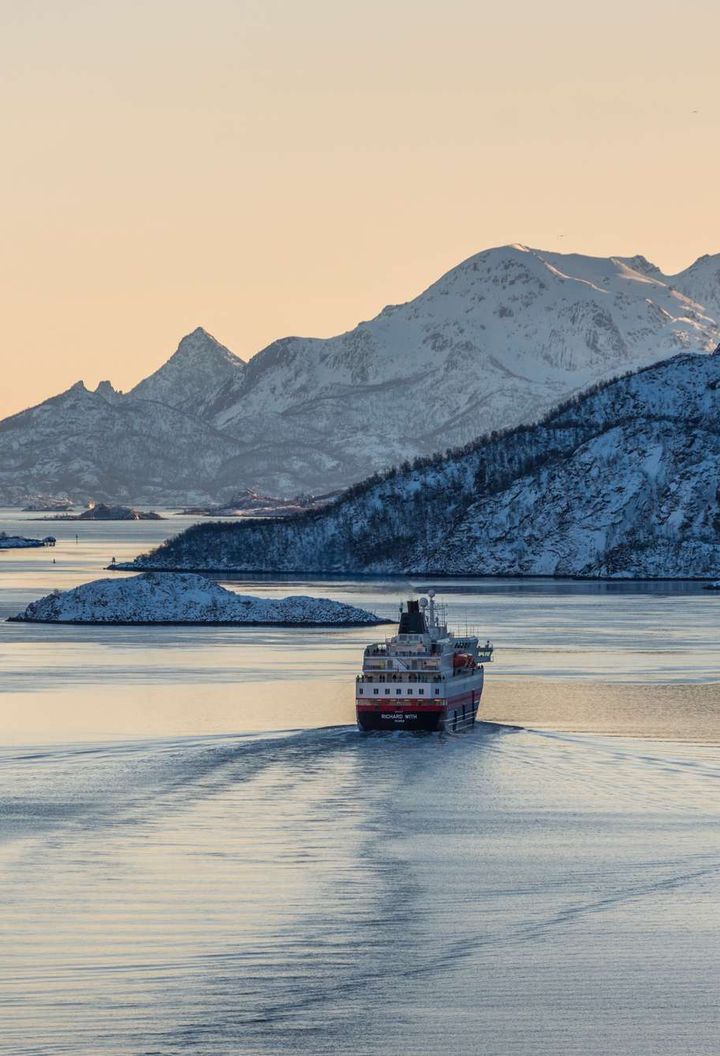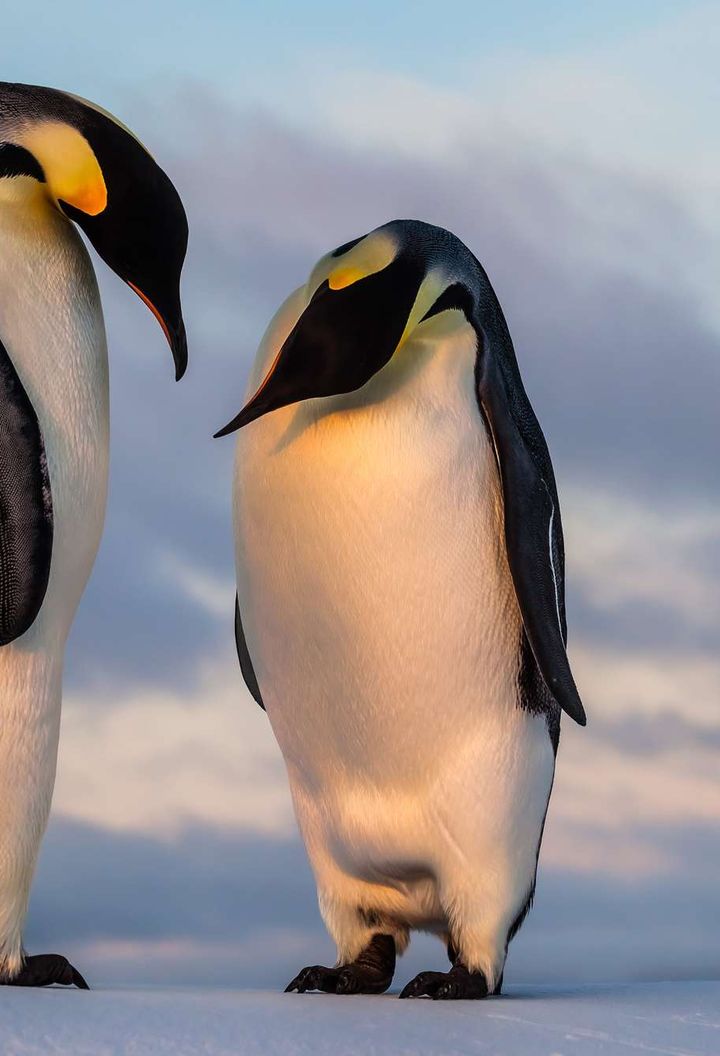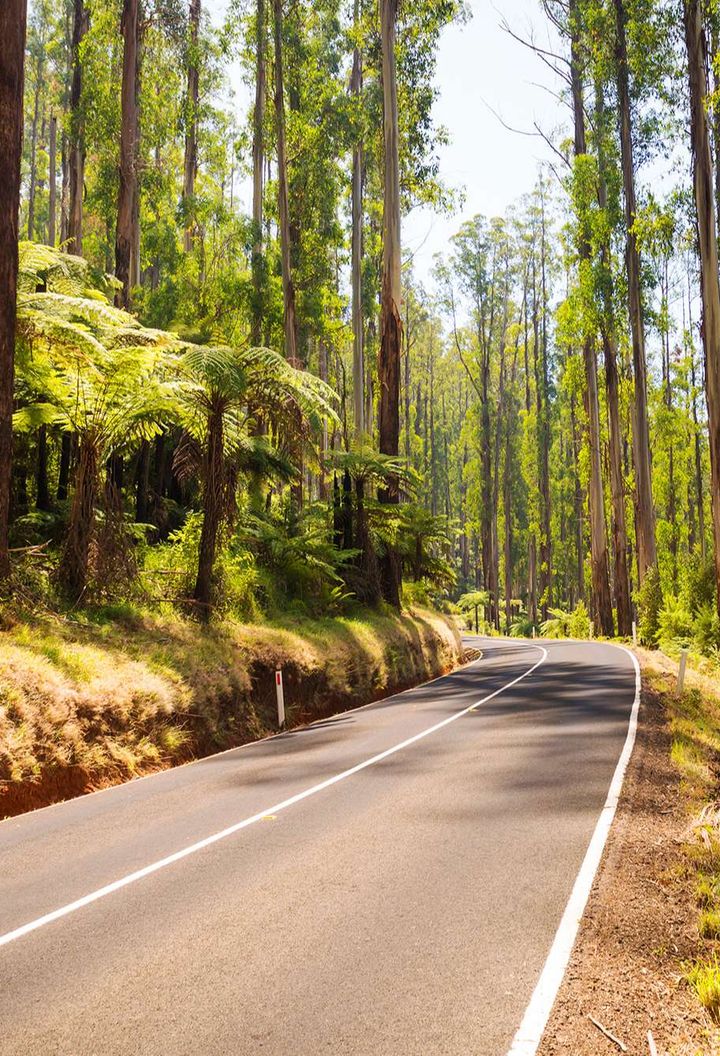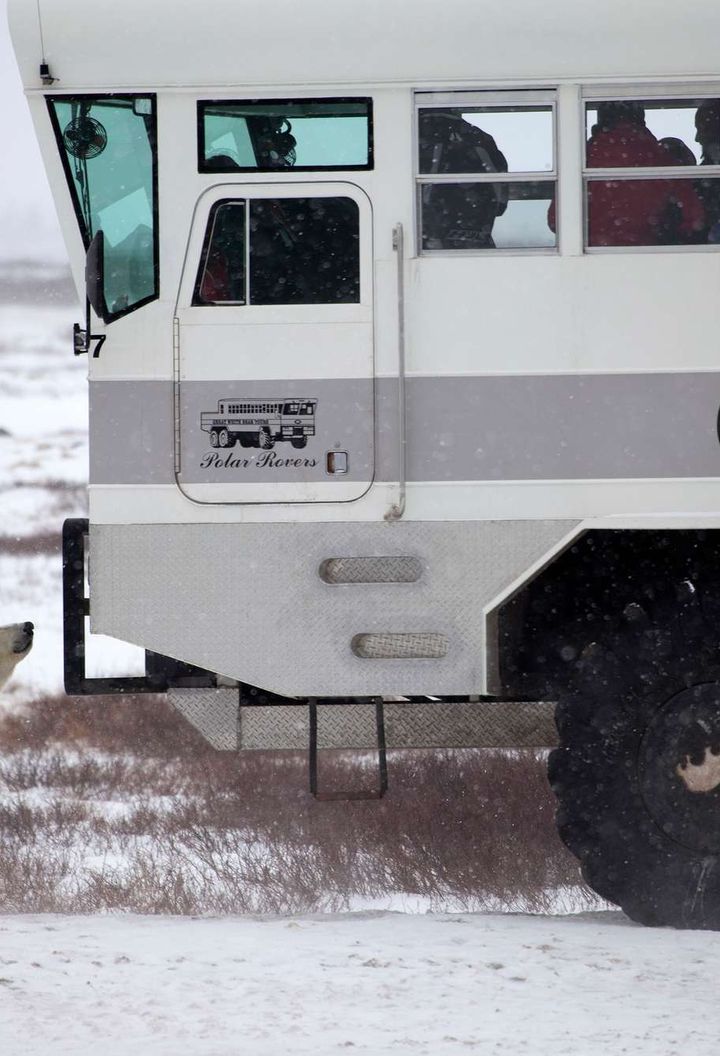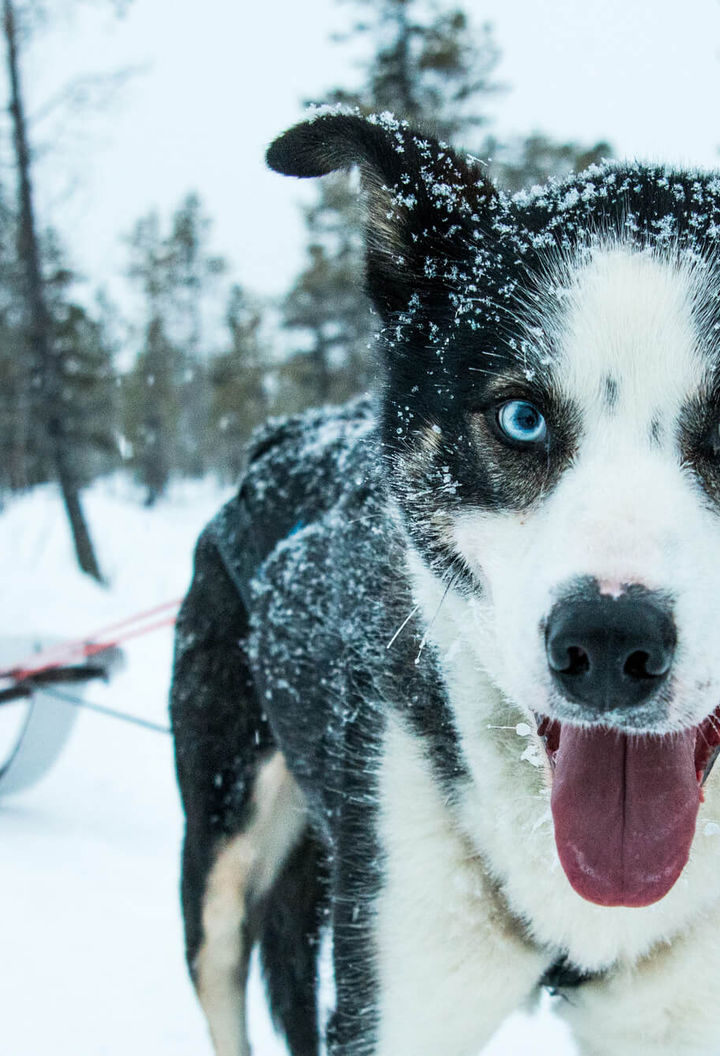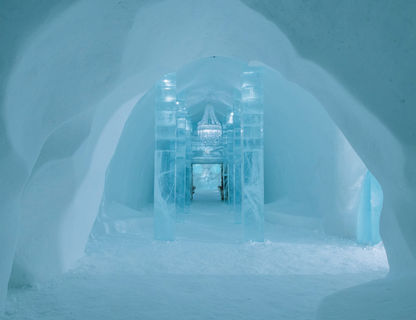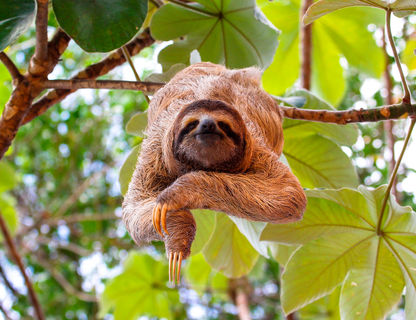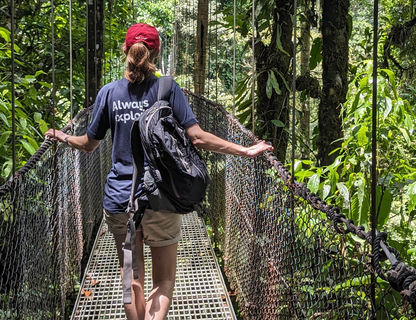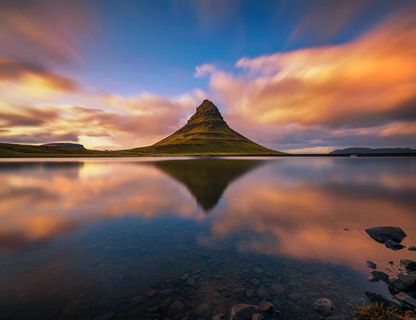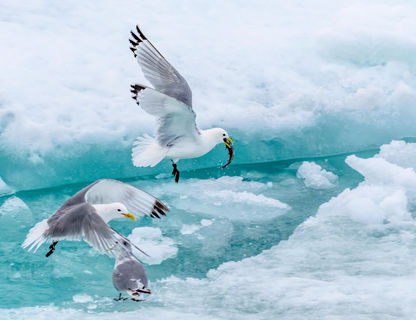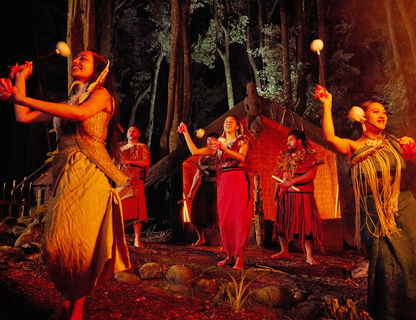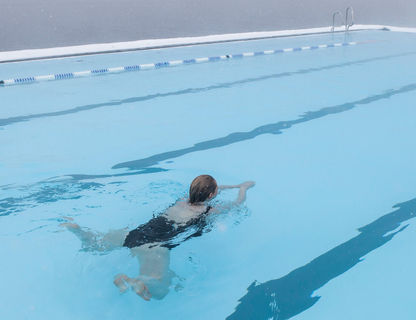Winter landscapes of Iceland
Iceland in winter is not only spectacular for its displays of the northern lights, but frozen waterfalls, snow-dusted lava fields and steaming geothermal pools all add to the drama. Early November still has around eight hours of daylight each day, dropping to just five by the end of the month, while temperatures in Reykjavik range from around 1-8°C. The weather at this time of year can change very quickly from one extreme to the other – sunny and dry one moment, snowy the next. It all adds up to a dynamic, exciting month, with enough light to fill your days with activities like snowmobiling and superjeep safaris, and dark nights full of northern lights potential. One of the most popular activities during winter, guided ice cave tours take you into the surreal, cerulean world of frozen caverns created each year in Iceland’s glaciers.
























